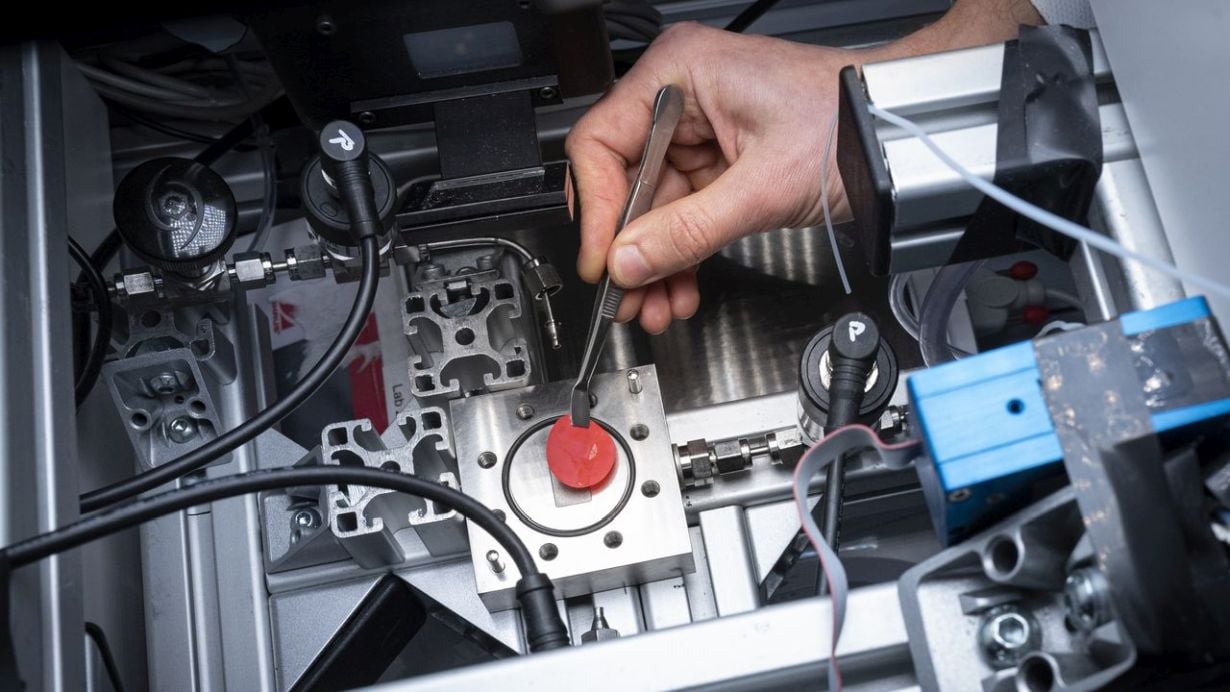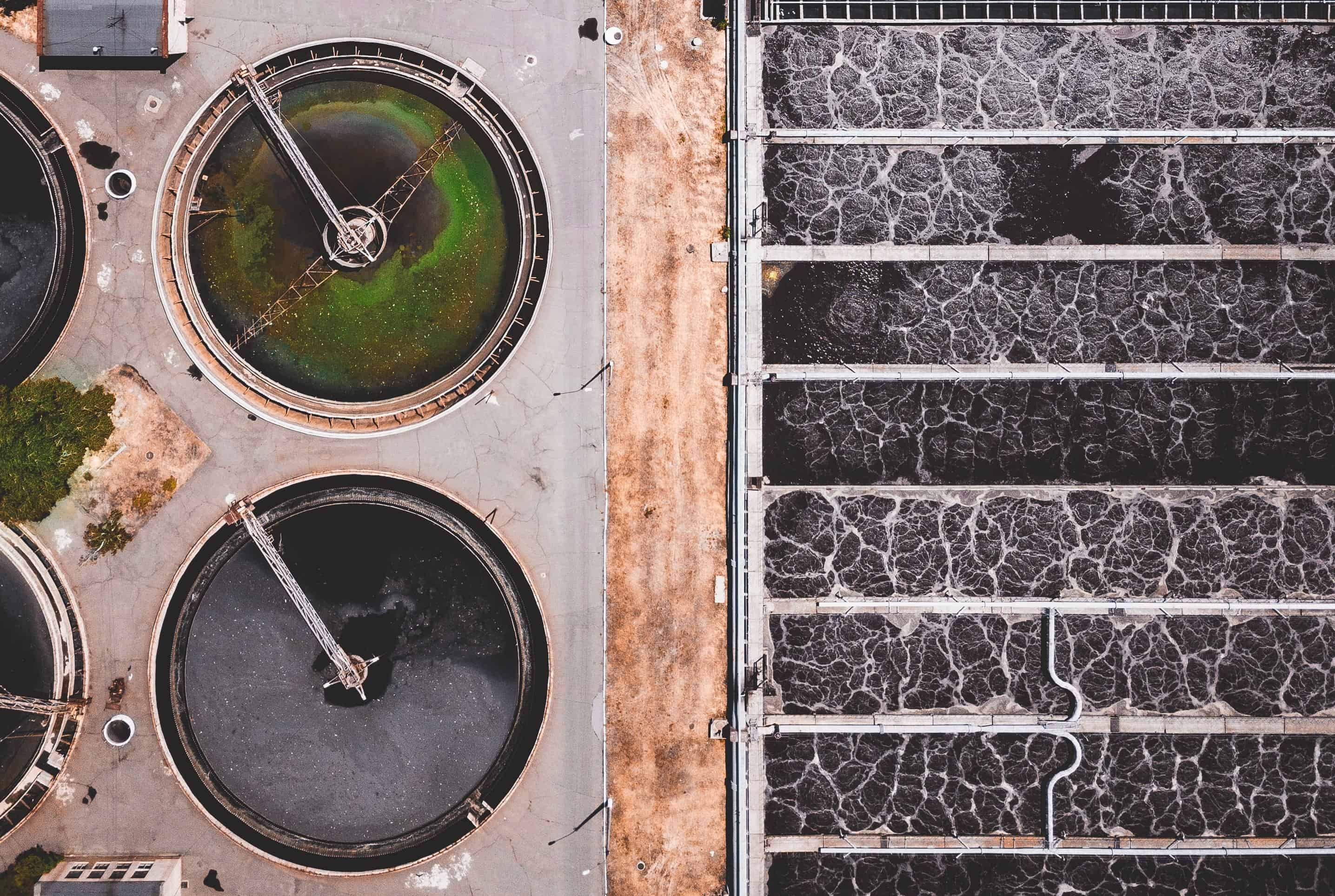
Micropollutants in drinking water can be harmful to our health even in very small amounts. While there are now more and more ways to at least partially remove microplastics from water, the situation is different for residues of pharmaceuticals, pesticides, hormones and other chemicals. There are no scalable technologies yet that could efficiently remove them.
But these organic pollutants can harm not only humans, they also pose a significant risk to animals and the environment. In particular, the steroid hormones estrone, estradiol, progesterone and testosterone can cause serious harm to both humans and wildlife. For this reason, the European Union has set strict minimum quality standards for drinking water which must be taken into account when developing new technologies for water treatment.
The magic word: light
Scientists at the Leibniz Institute for Catalysis in Rostock, Germany, are already trying to solve the problem using sunlight and ozone (IO reported: Clean pollution out of wastewater – with sunlight and ozone). Researchers at the Karlsruhe Institute of Technology (KIT) have now developed another chemical process that can filter hormones from water. It works by photocatalysis and converts the pollutants into potentially safe oxidation products.
“The challenge for science is to develop more sensitive methods to attack the hormone molecules,” says Professor Andrea Iris Schäfer, head of KIT’s Institute for Advanced Membrane Technology (IAMT). The big problem here, however, is that these steroid hormones are very difficult to detect in water. “There is one hormone molecule for every trillion water molecules. That is an extremely low concentration,” the expert explains.

Transforming hormone molecules by “attacking” them
Until now, conventional technologies for water treatment in wastewater treatment plants have been unable to detect or measure these micro-pollutants and therefore to remove them. The photocatalytic process developed by the researchers of the IAMT and the KIT Institute of Microstructure Technology (IMT) showed promise in initial tests. For this process, the scientists coated a conventional large-pore polymer membrane with a palladium-containing, light-sensitive molecule (Pd(II) porphyrin) that can absorb visible rays.
They then irradiated the membrane with artificial sunlight, which produced so-called singlet oxygen, a highly reactive oxygen species, in a chemical process. This converted the hormone molecules into potentially safe oxidation products by “attacking” them. ” The key is that we coated the surface of each pore with the photosensitizer molecule, increasing the surface area of attack,” explained Roman Lyubimenko, a scientist at the IAMT and IMT.
Estradiol concentration could be significantly reduced
The chemical degradation of steroid hormones and the filtration of other micropollutants could thereby be realized in one module, the researchers explain. The new process could filter between 60 and 600 liters of water per square meter of the membrane in one hour. In the process, the concentration of estradiol, the most biologically active steroid hormone, could be reduced by 98 percent from 100 to 2 nanograms per liter.
“This means we are already very close to the EU target value of one nanogram per liter,” Schäfer emphasizes. Next, the scientists want to further optimize the photocatalytic process and transfer it to a larger scale and answer open questions. These include the required light intensity, the amount of porphyrin required by the process and whether expensive palladium could be replaced by other metals.
The team published the results of its research in the journal Applied Catalysis B: Environmental.
Cover photo: Inserting the photocatalytic membrane into the membrane reactor. (Photo: Markus Breig, KIT)







